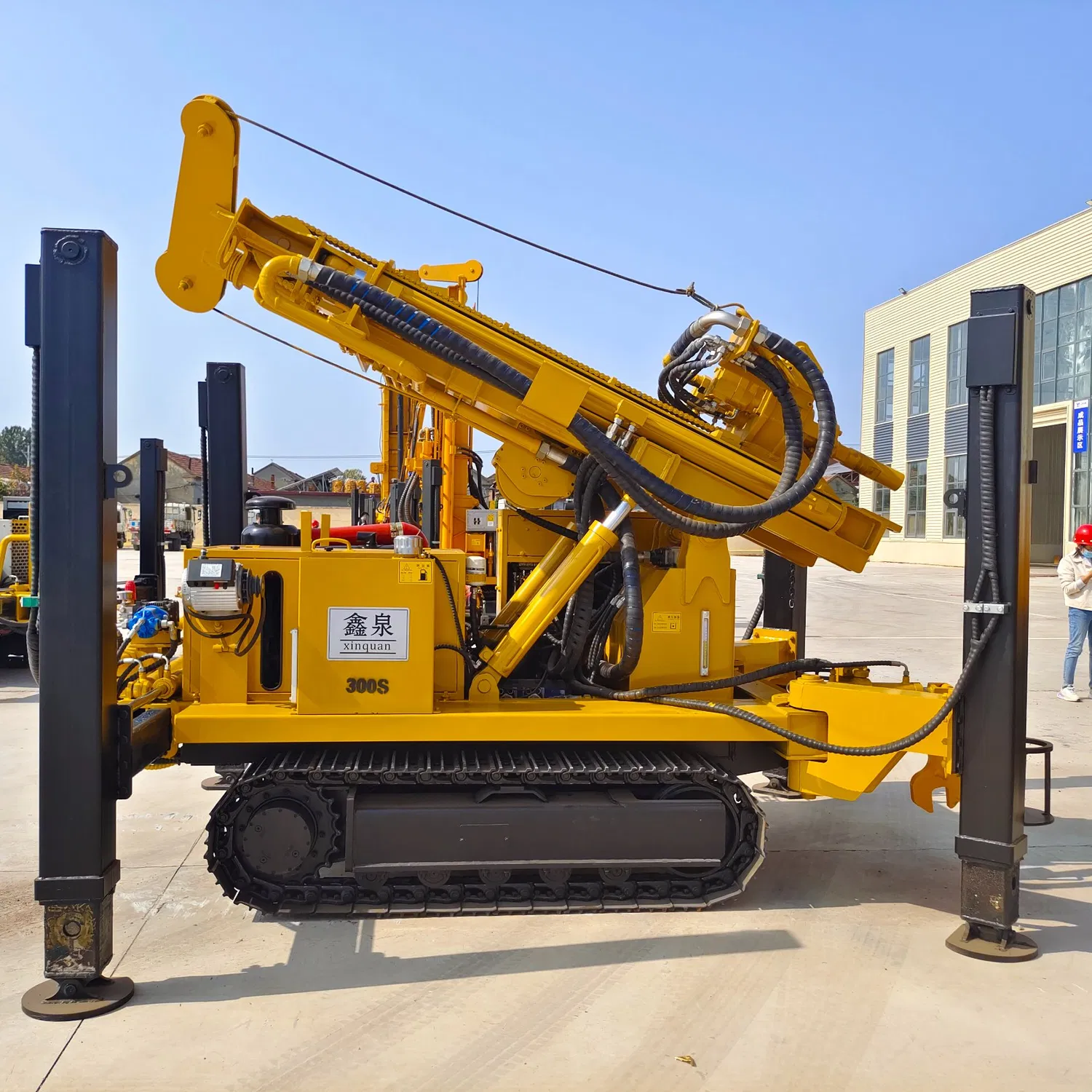Technical Improvement Directions for Rotary Water Well Drills in Loess Layers
Rotary water well drilling rig are widely used in loess layers. To better adapt to loess layer characteristics, the following technical improvement directions are proposed.
-
Further optimize the mud circulation system.
In loess layers, mud needs to both protect the wellbore and carry cuttings. The existing circulation system can be improved to enhance mud separation efficiency and circulation speed. Developing more efficient mud purification equipment can quickly separate cuttings from mud, reduce the impact of cuttings on mud performance, improve mud reuse, and lower costs. Meanwhile, optimizing the performance of mud pumps to increase mud delivery pressure and flow can make mud circulation in the well smoother and enhance cuttings discharge. -
Improve drill tool design, especially the bit.

Develop specialized bits for loess layer characteristics to enhance cutting efficiency and durability. Byvoorbeeld, design more reasonable cutting edge shapes and arrangements to break soil more efficiently in loess layers and reduce bit wear. Strengthen the strength and sealing of drill pipes to prevent breakage or mud leakage during drilling. -
Introduce intelligent control technologies.
Use sensors to monitor drilling parameters and geological conditions in real time, such as penetration rate, torque, mud pressure, and soil hardness. Adjust drilling parameters automatically based on this data for precise drilling. When encountering hard loess layers, automatically increase torque and reduce penetration rate to improve drilling safety and efficiency. These technical improvements will significantly enhance the operational performance of rotary water well drills in loess layers.water well drilling rig
 Bangxin-boortuig
Bangxin-boortuig